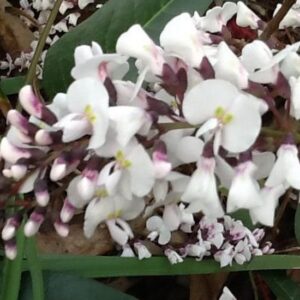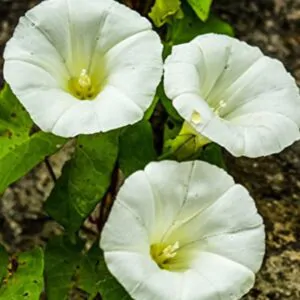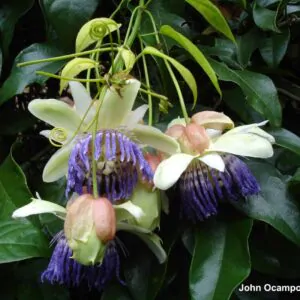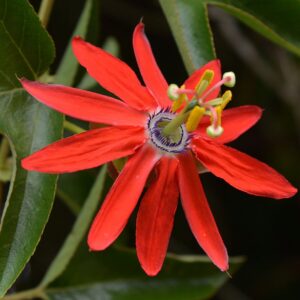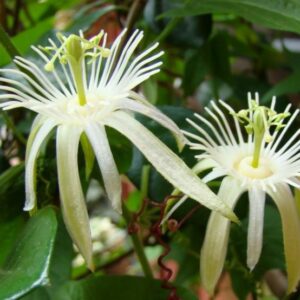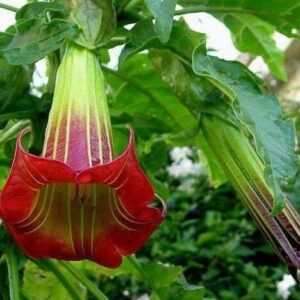/ per pack
Choose seeds per pack:
Scientific Name : Acacia mangium
Common name : Black wattle, Mangium, Hickory Wattle, Brown Salwood, White Teak
Synonyms : Racosperma mangium (Willd.) Pedley
Family : Fabaceae
Subfamily : Mimosoideae
Origin : Native to Queensland, Australia, Molluccan Islands, Papua New Guinea and Indonesia
Distribution : India, Nepal, South American states, Bangladesh, Philippines, Malaysia, and in many other tropical countries for plantation.
Description : Fast growing moderate sized evergreen tree attaining a height of 25 to 35 m and breast height diameter 60 cm
Seeds : Seeds are smaller, lustrous, black, ellipsoid, ovate or oblong, 3.5-2.5 mm, the orangish funicle forming a fleshy aril beneath the seed in size, black in colour and with a hard seed coat.
Seed length : 3-5 mm
Seed width : 2-3 mm
Viability period : Seeds are viable for one year or more under natural conditions in sealed packings.
Seed pre treatment : Soaking in hot water (80 Degree C ) for two minutes followed by tap water for 24 hrs. Soaking the seeds in boiling water until the water turns cold for 24 hrs increase seed germination.
Germination type : Epigeal
Germination % : 50-60
Germination period : 3 to 30 days.
Nursery techniques : Pre treated seeds are sown in plastic trays filled with vermiculate or in nursery beds and watered regularly. The germinated seeds are potted in polythene bags of size 20 x 10 cm filled with compost or soil based potting mixture. Seeds can also be sown directly in containers such as polythene bags, root trainers, etc. using appropriate potting media. The slow release fertilizer which contains N, P, K, Ca, Mg, S and trace elements, significantly improve the growth of seedlings in the nursery.
Uses : Wood is suitable for light structural works, and for pulp and paper. Wood is used for furniture and cabinets, mouldings and door and window components
Wood properties : The sapwood and the heartwoods have distinct colours. The sapwood is often white or yellowish white and the heartwood is yellowish brown to golden brown when fresh, to dull brown on long exposure. The wood is hard, dense and relatively straight-grained.
A large, very fast growing tree to 35 m (115 ft.) tall, native from Queensland, Australia to New Guinea and the Moluccas. It is popular as a plantation tree due to its speed and ease of growth, drought tolerance, nitrogen-fixing qualities and its good quality wood, which is used for pulp and charcoal but is also useful for construction and to make furniture. Not only is Acacia mangium useful, but it also has some ornamental qualities, with very wide phyllodes to 30 cm (12 in.) long and 10 cm (4 in.) wide; white, bottlebrush-like flowers; and the curiously coiled seed pods. It is best suited to the tropics. Seeds must be scarified or immersed in boiling water for 30 seconds to break dormancy, then soaked at room temperature for a day.
